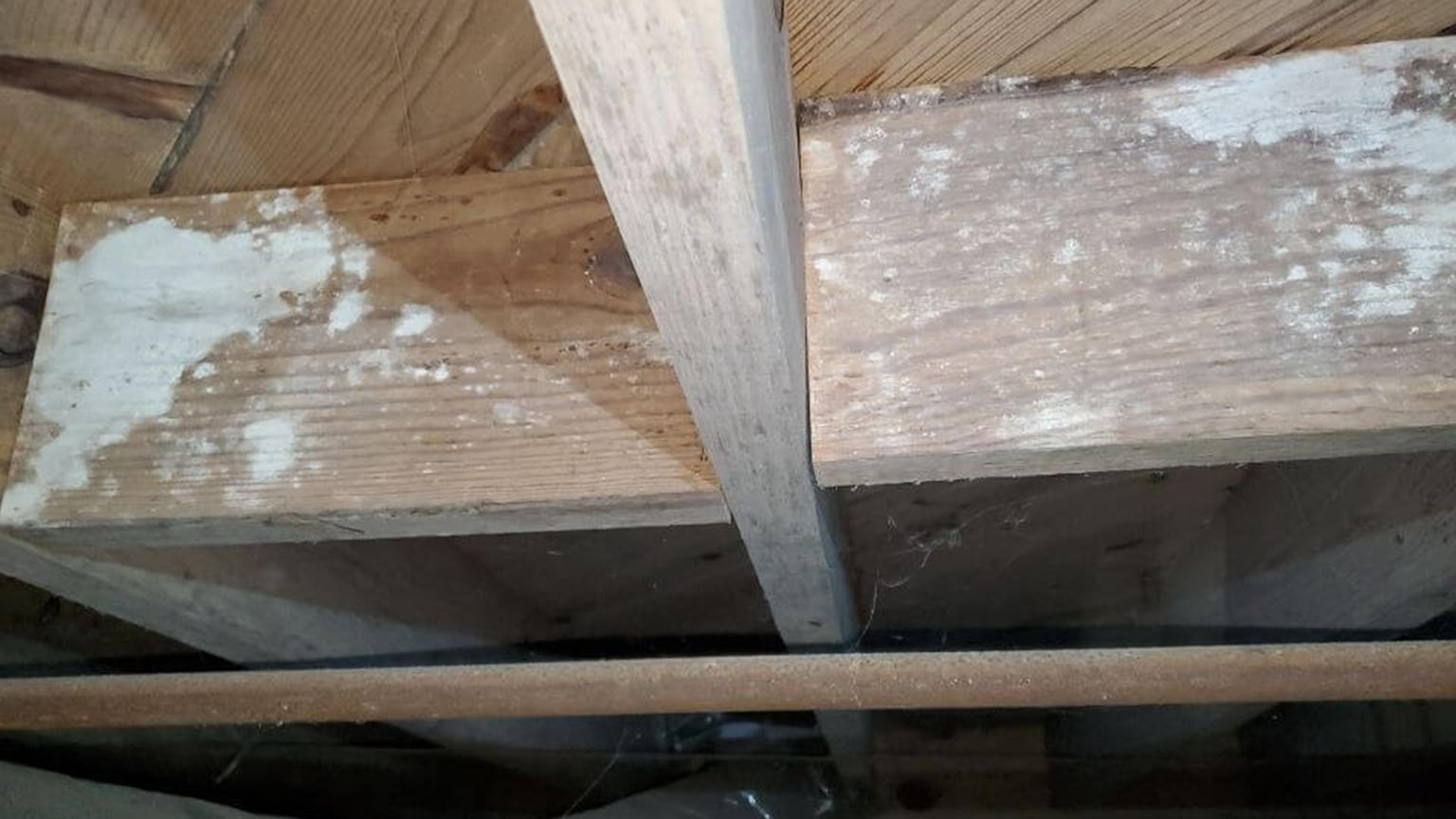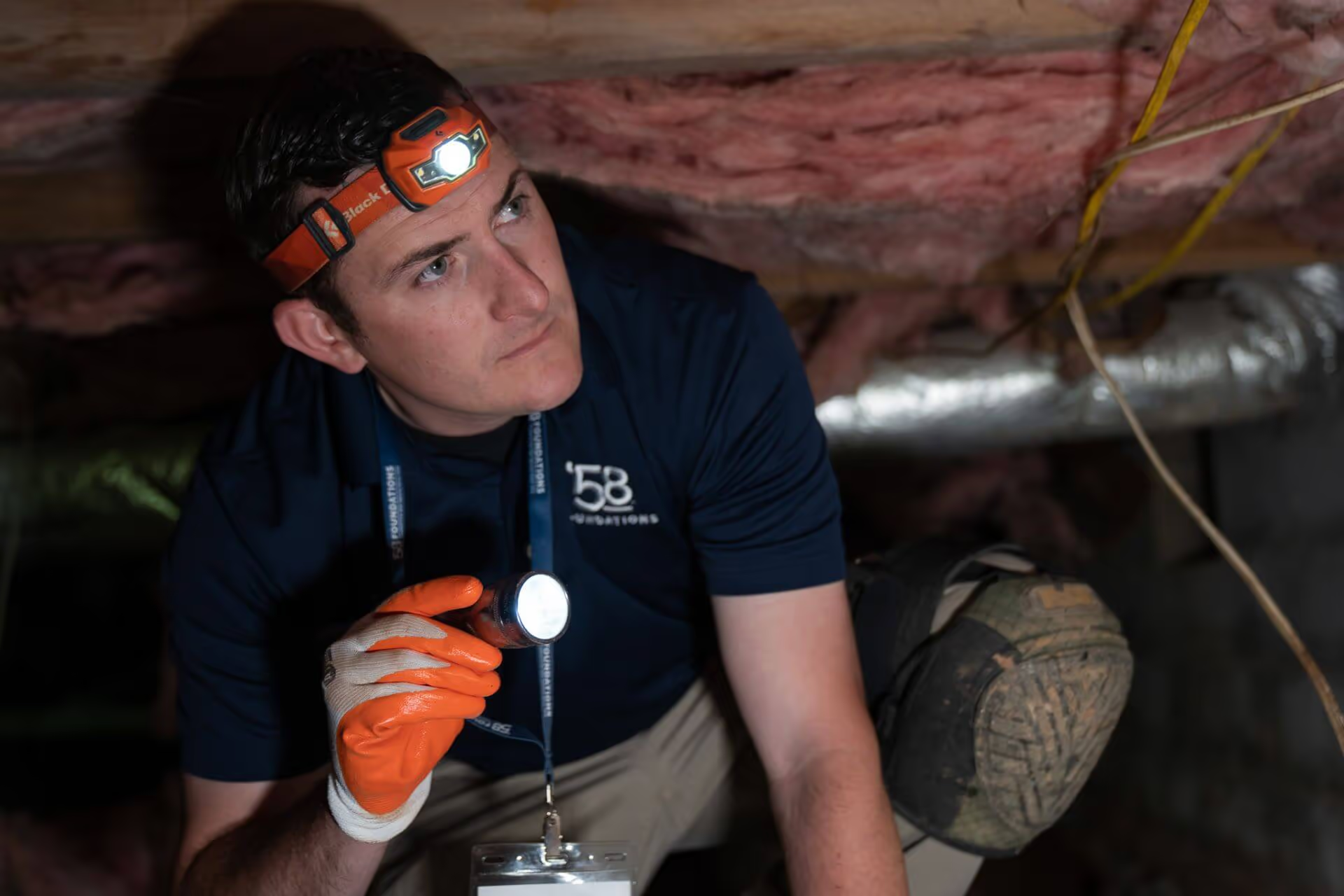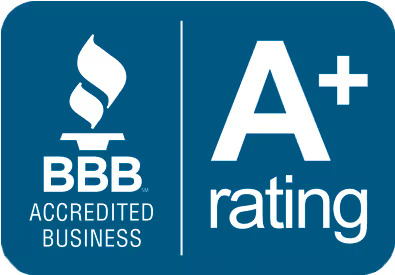
Over 600 million years ago, long before humanity, some of the earliest species of terrestrial fungi were thought to grow on the earth, likely contributing to the oxygenation of our atmosphere. It is possible that fungi may have been a dominant form of life on our planet. Even after the massive extinction event that killed most of the dinosaurs, there was evidence that the large amounts of dead animals and vegetation led to an incredible fungal bloom—enough that, as published by the Public Library of Science (PLOS), it left its mark in the fossil record. Today, the descendants of those old forms of fungi continue to live in our world, and they are everywhere. For a number of them, we categorize them under a particular term: Mold.
Mold is not going anywhere. Across the many varieties of mold, they all come from a mighty lineage that has withstood the test of time and planet-wide disasters. They have evolved to spread and persist to the point that it’s almost impossible to keep an area completely free of their spores. But they play an incredibly important role in our world: decomposition. The cycle of life would be incomplete without the help of molds to return dead vegetation and creatures (including other decomposers) to the earth.
The relationship between humans and molds has a complex history. Though we have lived with mold for thousands of years, we are still trying to understand the way they interact with us and how we can better control mold’s presence, especially in our living spaces. Some molds have helped with medical advancements, and even for the creation of certain foods and alcohols. Meanwhile, other molds like to grow on grains, fruits, and other foods. Then there’s the molds that may make us sick from their spores.
So how can we best coexist with the many molds in our world?
Let’s take a dive into some of the common molds you may encounter and how to prevent mold growth from occurring in your home!
This genus of mold is made up of hundreds of species. These molds are often found growing on particular types of food including starchy foods, some fruits, and nuts. But it is also capable of growing on plants and trees. Other species of Aspergillus are capable of growing on building surfaces such as walls, window frames, and bathroom surfaces—these species favor warm and humid areas, especially if it’s a home with a moisture problem.
Some species of Aspergillus can unfortunately cause serious disease to people as well as animals. Also, some species can produce what’s known as aflatoxin. Aflatoxin does more than just potentially contaminate food—it is also both a carcinogen as well as a toxin. Meanwhile, other species can cause allergic reactions, create mycotoxins, and even cause neonatal infections. For the diseases caused by Aspergillus, they are grouped together as Aspergillosis.
Aspergillosis can manifest in several forms, with their major forms being:
While there are quite a few ways for Aspergillus to affect you, it is not always a concern so long as you are healthy and practice proper methods of mold prevention. As the CDC describes, “Most people breathe in Aspergillus spores every day without getting sick. However, people with weakened immune systems or lung diseases are at a higher risk of developing health problems due to Aspergillus.”
Also, it is important to note that the relationship between Aspergillus and humans is not always harmful. Throughout history, we have found ways to utilize various molds to our benefit with certain species of Aspergillus being a part of that list:
In Latin, Penicillium translates to “painter’s brush”, an apt description for how it looks under a microscope. When most people think of Penicillium, they usually think of the medical and culinary uses that we have discovered with several species. But not all species of Penicillium are beneficial. There are a number of them that thrive on fruits, grains, home-building materials, and even metal and glass—these all have one thing in common: they cause damage to the things they grow on.
Penicillium that you may encounter indoors can be easy to recognize. Oftentimes, you will find them on spoiled food. For example, on spoiled bread, you may find a penicillium that looks like a bluish colored fuzz growing on the surface. What makes these kinds of penicillium dangerous to humans is the potential to produce highly toxic mycotoxins. If you should find any food items contaminated with penicillium growth, it is always recommended that you throw it away.
As mentioned before, several species of Penicillium are famously used for beneficial things such as:
While there are a lot of different kinds of black mold, it is Stachybotrys chartarum that most people refer to as the “toxic mold”. This is a common kind of black mold that likes to grow on materials such as wood, paper, fiberboard, gypsum board, and even cotton. Both its spores and fungal fragments may contain toxic mycotoxins.
This mold requires constant moisture to properly grow and spread. If you have an area that has a constant moisture problem, watch out for black mold growing on any damp surfaces that have a high cellulose content.
Like other molds, Stachybotrys chartarum can cause various allergic reactions to those who are sensitive to mold. For those sensitive enough, black mold can cause symptoms including:
These are just three of the common molds that you may encounter in your home. Every day you’re breathing mold spores from all different kinds of molds, but normally they won’t cause any harm because your immune system takes care of any spores you may inhale. However, mycotoxins can be dangerous when ingested, and certain factors can cause someone to develop a mold allergy.
According to the CDC, “People with allergies may be more sensitive to molds. People with immune suppression or underlying lung disease are more susceptible to fungal infections.” When these allergies develop or become agitated, it can make the presence of mold suddenly become bothersome at the least and dangerous at the worst. Those with weakened immune systems are also more susceptible to the detrimental effects of mold. The best solution is to simply limit the presence of mold in your home from the very start.
Let’s take a look next at the preventative measures that you can take to keep mold from growing and spreading inside your home…
One thing that all molds have in common is the need for moisture and the proper nutrients. Mold spores are everywhere around us. As the EPA describes, “Mold spores are ubiquitous; they are found both indoors and outdoors. Mold spores cannot be eliminated from indoor environments.” Mold spores are in the air we breathe each day, but between our immune system and the general dryness of our homes, its why mold isn’t growing everywhere and getting us sick all the time. But when moisture problems occur within the house, your indoor humidity can begin to rise—this is when those mold spores begin to grow, breaking down and digesting anything that provides it with the proper nutrition. This causes the mold to spread.
But as stated earlier, even if mold spores land on a suitable surface, it can’t begin to grow without that much-needed moisture. Keeping the moisture levels in your home under control can prevent mold growth from starting. Let’s explore the ways that you can control moisture in your home!
During home construction, more land is excavated than needed for your basement or crawlspace. This is to make room for the workers to complete the construction job. Once your foundation is complete, that extra space is filled back up with the excavated soil. However, that excavated soil is much less compacted than the rest of the surrounding soil. Loose soil absorbs water easier. What’s more, that same soil will also begin to settle, eventually creating more of a dip that will lead to water running towards your home foundation whenever it rains.
With proper grading that slopes away from your home, you can help prevent that water from simply running to your foundation—instead you can help guide that water away from your home as it falls. It is recommended that the ground around your foundation be sloped at 5%, or 6 inches for every 10 ft.
Rain gutters are useful, but only when they’re clear of leaves and other debris. Make sure to regularly maintain your gutters and clean them in preparation for the next rain. The same goes for your downspouts. A clear downspout will properly guide water out and away from your home. However, some downspouts are not effective enough because they are too short, simply dispensing rainwater right on your foundation. In these cases, you should consider getting a downspout extension. With the proper grading and an extended downspout, you’ll have an effective combination that will keep much rainwater from soaking down and sitting against your foundation.
Even still, this will only go so far. To ensure a complete defense against moisture invasion, you will want to consider basement waterproofing or crawlspace encapsulation as well.
Not even a home’s concrete foundation can withstand the forces of nature forever. After enough time and rain, a concrete foundation can start to give in to the eroding forces of water and hydrostatic pressure created by that water as it presses against that foundation. When foundation cracks occur, they provide that hydrostatic pressure with a point of least resistance, causing water to seep its way through and eventually into your lower level. That invasive moisture can lead to increased humidity and even a flooded basement or crawlspace—a perfect environment for mold to start growing.
Proper waterproofing measures within your lower level can greatly reduce the chance of mold taking root and growing in your home. A waterproofing solution may include these products:
Together these components can help form a comprehensive waterproofing solution that controls the groundwater surrounding your home and relieving your foundation of that hydrostatic pressure. Ultimately, this prevents groundwater from invading your lower level and giving any mold spores the moisture to grow.
Mold can be difficult to remove on your own. The right tools and techniques can help prevent the spread of fungal fragments and spores. That’s where a professional mold specialist can help solve your mold situation.
While it’s common for homeowners to try using a bleach solution to take care of mold, the bleach doesn’t always kill the mold or the mold spores. Bleach is only effective when used on a hard, non-porous surface such as a sink, a shower, or a toilet. But even then, it serves mostly as a temporary measure against mold for homeowners trying to take care of things themselves.
Unfortunately, home remedies are not as effective or thorough as the solutions that mold specialists may have. While hydrogen peroxide is commonly used by mold specialists, there’s the concern of chemical burden. That’s why ’58 Foundations & Waterproofing is proud to be an exclusive DOT ambassador as it pursues better mold removal solutions for the good of homeowners and their homes.
’58 Foundations & Waterproofing utilizes Carnegie Mellon’s DOT technology to effectively remove mold with less chemical burden. What’s more, with DOT, our mold removal services can both get rid of mold while leaving your wooden surfaces looking like new. Our mold technicians are NORMI, MICRO, and IICRC certified. With ’58 on your side, you can breathe easy knowing that your home will be made mold free!
Give the moisture experts at ’58 Foundations & Waterproofing a call at (888) 698-1958 and they’ll have a mold expert provide you with a free inspection and a zero-obligation price estimate!
Sources for Links:
CDC: Fungal Diseases, Aspergillosis
https://www.cdc.gov/fungal/diseases/aspergillosis/definition.html
CDC: Basic Facts About Mold and Dampness FAQ
https://www.cdc.gov/mold/faqs.htm
EPA: Mold Course
https://www.epa.gov/mold/mold-course-chapter-1
PLOS Pathogens: Fungi and the Rise of Mammals
https://journals.plos.org/plospathogens/article?id=10.1371/journal.ppat.1002808
PLOS Pathogens: Updating the Fungal Infection-Mammalian Selection Hypothesis at the End of the Cretaceous Period
https://journals.plos.org/plospathogens/article?id=10.1371/journal.ppat.1008451






We respect your privacy. By submitting, you authorize '58 Foundations and Waterproofing to reach you via call, email or text for information about your project needs. We will never share your personal information with third parties for marketing purposes. You can opt out at any time. Message/data rates may apply. Consent is not a condition of purchase. Privacy Policy